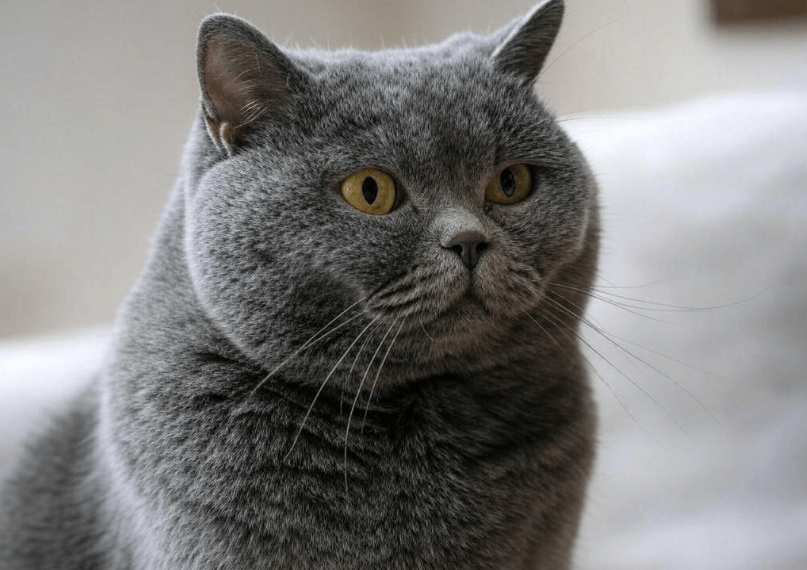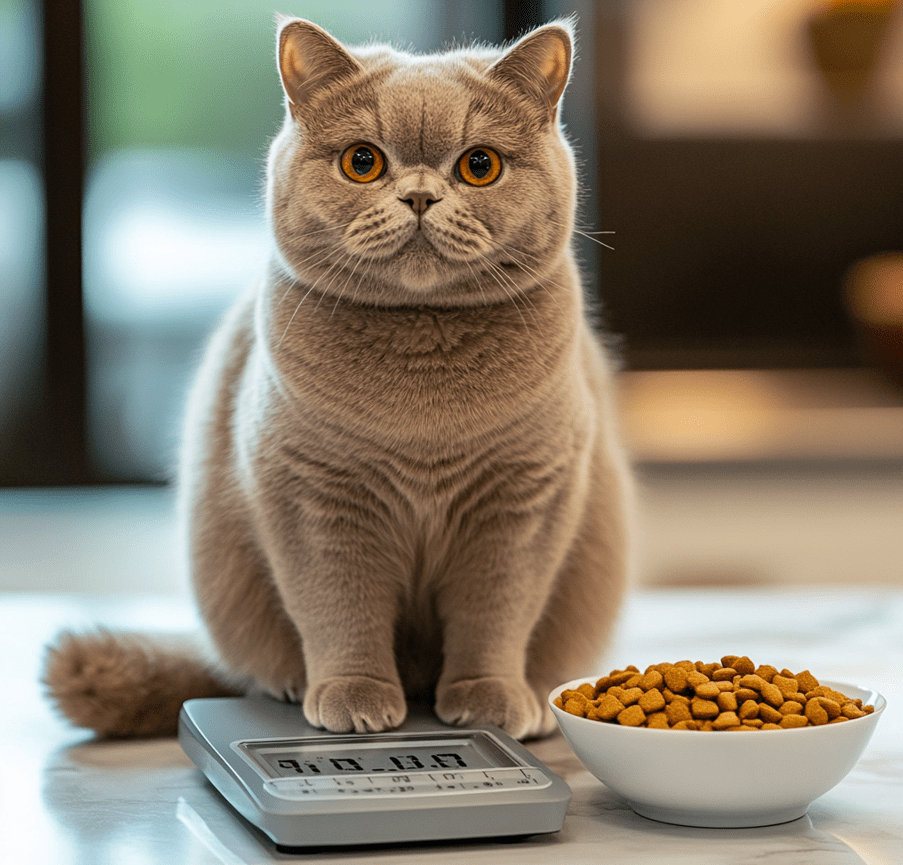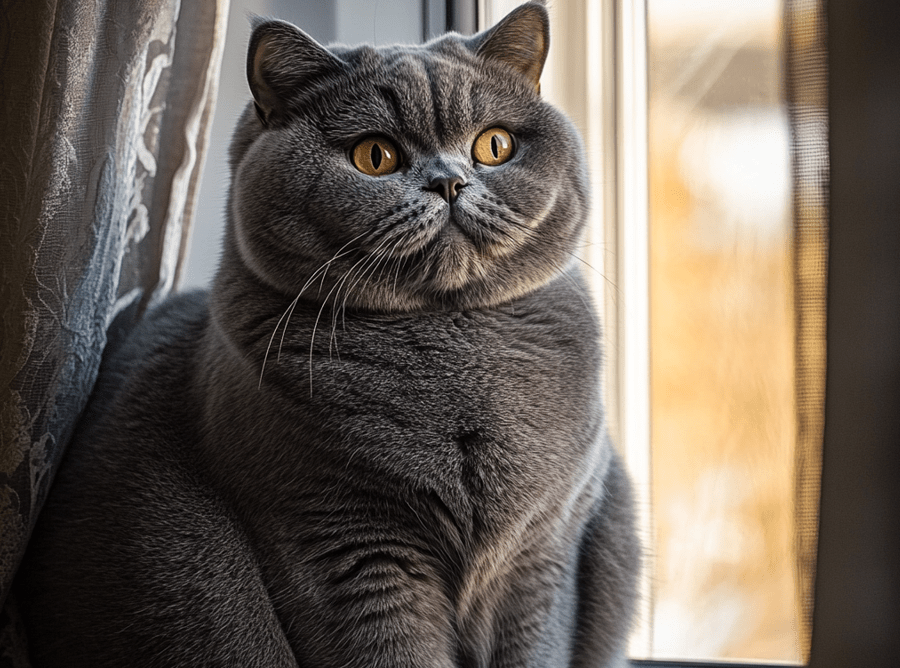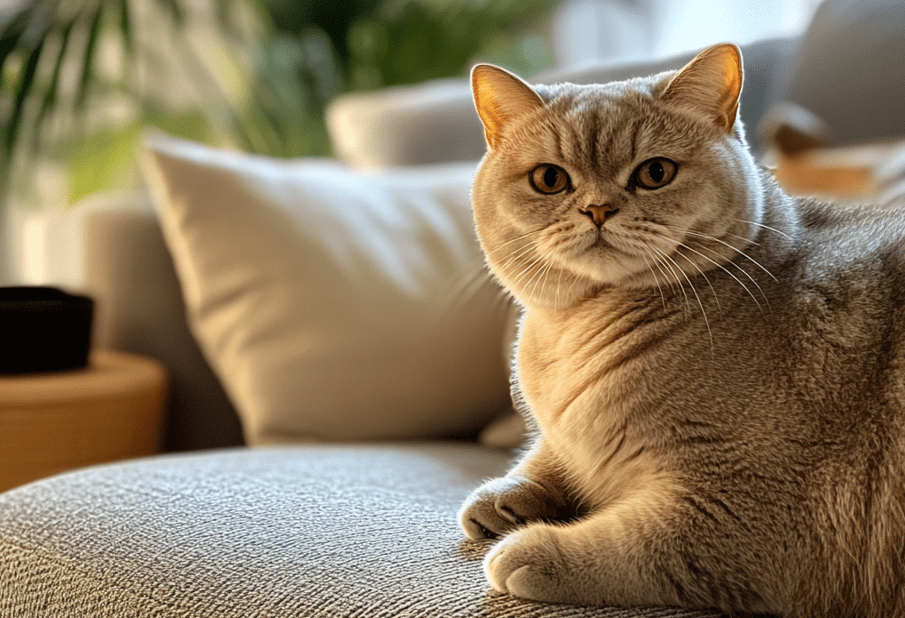
British Shorthair Cats are adored for their plush, dense coats that give them a teddy-bear-like appearance. However, their thick fur can easily develop mats if not properly cared for, leading to discomfort and potential skin issues. Preventing mats in British Shorthair fur is essential to keeping your cat healthy and comfortable. This comprehensive guide provides actionable tips, grooming techniques, and product recommendations to help you maintain your British Shorthair’s coat. Whether you’re a new owner or a seasoned cat parent, you’ll find everything you need to keep your feline’s fur mat-free.
Understanding Why British Shorthairs Are Prone to Mats
British Shorthairs have a double-layered coat with a short, dense undercoat and a sleek topcoat. While their fur is shorter than that of long-haired breeds, the density of the undercoat makes them prone to matting. Mats form when loose hair, dirt, and oils get tangled, creating tight clumps that can pull on the skin. Here are the key reasons mats develop in British Shorthair fur:
Dense Undercoat: The thick undercoat traps loose hair, which can tangle if not removed regularly.
Shedding Seasons: During spring and fall, increased shedding can lead to matting if loose hair isn’t brushed out.
Lack of Grooming: Inconsistent brushing allows hair to accumulate and form mats.
Moisture and Dirt: Wet fur or debris can cause tangles, especially in areas like the belly or behind the ears.
Limited Mobility: Overweight or senior British Shorthairs may struggle to groom hard-to-reach areas, increasing mat risk.
Understanding these factors is the first step to preventing mats in British Shorthair fur.
The Consequences of Mats in British Shorthair Fur
Mats aren’t just a cosmetic issue—they can impact your cat’s health and well-being. Here’s why you should prioritize mat prevention:

Discomfort and Pain: Mats pull on the skin, causing irritation or pain, especially during movement.
Skin Infections: Mats trap moisture and debris, creating a breeding ground for bacteria or fungi.
Restricted Movement: Large mats can limit your cat’s mobility, particularly in areas like the legs or belly.
Hair Loss: Severe mats may need to be cut out, leading to uneven fur or bald patches.
Stress: Mats can make grooming painful, causing your cat to resist future sessions.
By taking proactive steps, you can avoid these issues and keep your British Shorthair’s coat healthy.
Top Tips for Preventing Mats in British Shorthair Fur
1. Establish a Regular Brushing Routine
The most effective way to prevent mats is through consistent brushing. Regular grooming removes loose hair, distributes natural oils, and prevents tangles.
Frequency: Brush your British Shorthair 2–3 times per week, increasing to daily during shedding seasons (spring and fall).
Best Tools:
Safari Self-Cleaning Slicker Brush: Its fine pins gently remove loose hair and prevent tangles without irritating the skin. The self-cleaning feature makes it easy to use. Price Range: $10–$15.
FURminator Short-Hair Deshedding Tool: Designed for short-haired breeds, it removes loose undercoat hair that can lead to mats. Use 1–2 times per week. Price Range: $25–$40.
Hertzko Soft Pet Brush: Ideal for a finishing touch, its soft bristles smooth the coat and distribute oils. Price Range: $8–$12.
Technique: Brush in the direction of hair growth using short, gentle strokes. Focus on mat-prone areas like the belly, underarms, and behind the ears.
Tip: Reward your cat with treats or praise after brushing to create a positive association.
2. Use a Dematting Comb for Early Intervention
If you notice small tangles forming, address them immediately with a dematting comb to prevent them from turning into full mats.
Recommended Tool: Pet Republique Dematting Comb has sharp, rounded blades that safely cut through tangles without pulling on the fur. Price Range: $12–$18.
How to Use: Gently work the comb through the tangle, starting at the edges and moving inward. Follow with a slicker brush to smooth the area.
Frequency: Check for tangles weekly and use the dematting comb as needed.
Caution: Be gentle to avoid hurting your cat, and never pull on mats, as this can cause pain.
3. Bathe Sparingly but Strategically
While British Shorthairs don’t need frequent baths, an occasional bath can help prevent mats by removing dirt and oils that contribute to tangles.
Frequency: Bathe every 6–8 weeks, or every 4–5 weeks during shedding seasons to help loosen hair.
Best Products:
TropiClean Hypo-Allergenic Shampoo: Gentle and soap-free, it cleans without drying out the skin. Price Range: $10–$15.
Earthbath Oatmeal & Aloe Cat Shampoo: Moisturizes and prevents dryness, which can lead to tangles. Price Range: $12–$18.
Technique: Brush thoroughly before bathing to remove loose hair. Use lukewarm water, lather gently, and rinse completely to avoid residue.
Tip: Dry your cat thoroughly with a towel or low-heat pet dryer to prevent wet fur from tangling.
4. Maintain a Healthy Diet
A balanced diet supports coat health, reducing the likelihood of matting by keeping fur strong and less prone to tangles.

Key Nutrients:
Protein: High-quality protein (e.g., chicken or fish) supports hair growth and strength.
Omega Fatty Acids: Fish oil or flaxseed promotes a shiny, tangle-resistant coat.
Hydration: Ensure fresh water is always available to prevent dry skin.
Vitamins and Minerals: Biotin, zinc, and vitamin E help maintain a healthy coat.
Recommended Foods: Look for cat foods labeled for skin and coat health, such as Royal Canin or Hill’s Science Diet.
Tip: Consult your veterinarian for diet recommendations tailored to your British Shorthair’s needs.
5. Keep Your Cat Active and at a Healthy Weight
Overweight British Shorthairs may struggle to groom themselves, leading to mats in hard-to-reach areas like the lower back or belly.
Encourage Activity: Provide toys, scratching posts, or interactive play to keep your cat moving.
Monitor Weight: Work with your vet to ensure your cat maintains a healthy weight through proper portion control and exercise.
Focus on Problem Areas: Pay extra attention to grooming areas your cat can’t reach, such as the hindquarters.
Tip: Use a grooming glove (e.g., HandsOn Pet Grooming Gloves, $20–$25) to remove loose hair while petting, especially in hard-to-reach spots.
6. Check for Mats in High-Risk Areas
British Shorthairs are prone to matting in specific areas due to friction or limited grooming access. Regularly inspect:
Belly: Fur here rubs against surfaces when your cat lies down.
Underarms and Legs: Friction from movement can cause tangles.
Behind the Ears: This area often collects oils and debris.
Tail Base: The base of the tail is a common spot for mats in less mobile cats.
Tip: Use your fingers to gently feel for tangles during grooming sessions, and address them immediately with a dematting comb.
7. Minimize Moisture Exposure
Wet fur is more likely to tangle and mat, especially in the dense British Shorthair coat.
Avoid Unnecessary Water Exposure: Keep your cat dry during rainy weather if they go outdoors.
Dry Thoroughly After Baths: Use a towel or low-heat pet dryer to ensure the coat is completely dry.
Clean Spills Promptly: If your cat gets wet (e.g., from a spill), dry the area immediately and brush to prevent tangles.
Tip: Use pet-safe grooming wipes (e.g., Earthbath Grooming Wipes, $10–$15) for quick cleanups without a full bath.
8. Monitor for Skin and Coat Changes
Mats can sometimes be a symptom of underlying issues like dry skin, allergies, or poor grooming habits.

Signs to Watch For:
1.Dry, flaky skin (can lead to more tangles)
2.Excessive scratching or licking (may indicate allergies or fleas)
3.Dull coat (may suggest nutritional deficiencies)
Action Steps: Consult a veterinarian if you notice these signs. They may recommend supplements, medicated shampoos, or flea treatments.
Tip: Regular grooming sessions are a great time to check for skin issues, lumps, or parasites.
Step-by-Step Grooming Routine to Prevent Mats
Follow this routine to keep your British Shorthair’s fur mat-free:
Prepare the Environment: Choose a quiet space with a towel to catch loose hair.
Inspect the Coat: Check for tangles or mats, focusing on high-risk areas.
Brush with a Slicker Brush: Use a tool like the Safari Slicker Brush to remove loose hair and prevent tangles.
Address Tangles: Use a dematting comb on any small tangles you find.
Deshedding (Weekly): Use the FURminator 1–2 times per week to remove loose undercoat hair.
Finish with a Soft Brush: Use a soft bristle brush to smooth the coat and distribute oils.
Reward Your Cat: Offer treats or playtime to end the session positively.
Frequency: 2–3 times per week, increasing to daily during shedding seasons.
Common Mistakes to Avoid When Preventing Mats
Skipping Brushing Sessions: Inconsistent grooming leads to mat buildup.
Using the Wrong Tools: Harsh brushes or combs can irritate your cat’s skin or be ineffective.
Ignoring Small Tangles: Small tangles can quickly turn into large, painful mats.
Over-Bathing: Excessive bathing can dry out the coat, making it more prone to tangles.
Forcing Grooming: Rushing or forcing your cat to be groomed can cause stress and resistance.
Additional Tools and Products for Mat Prevention
In addition to brushes and combs, these tools can help:
Grooming Gloves: Remove loose hair while petting, ideal for cats that dislike brushes.
Flea Combs: Use to check for fleas, which can cause scratching and matting.
Detangling Sprays: Cat-safe sprays (e.g., Burt’s Bees Detangling Spray, $8–$12) can help loosen minor tangles.
Air Purifiers: Reduce dander and allergens in your home, which can contribute to coat issues.
When to Seek Professional Grooming
While most mat prevention can be done at home, professional help may be needed in these situations:
Severe Mats: Mats close to the skin or covering large areas should be handled by a groomer to avoid injury.
Skin Irritation: If mats have caused redness or sores, a vet or groomer can provide care.
Behavioral Resistance: If your cat refuses grooming, a professional can manage the process safely.
Special Needs: Elderly or overweight British Shorthairs may need assistance grooming hard-to-reach areas.
Look for groomers experienced with short-haired breeds and ensure they use cat-safe products.
Conclusion

Preventing mats in British Shorthair fur is achievable with the right tools, techniques, and consistency. Regular brushing with tools like the Safari Slicker Brush and FURminator, combined with a healthy diet, strategic bathing, and early intervention with a dematting comb, will keep your cat’s coat smooth and mat-free. By following the tips in this guide, you can ensure your British Shorthair stays comfortable and healthy while maintaining their iconic plush fur. With a little effort, you’ll enjoy a stronger bond with your feline friend through stress-free grooming sessions.




